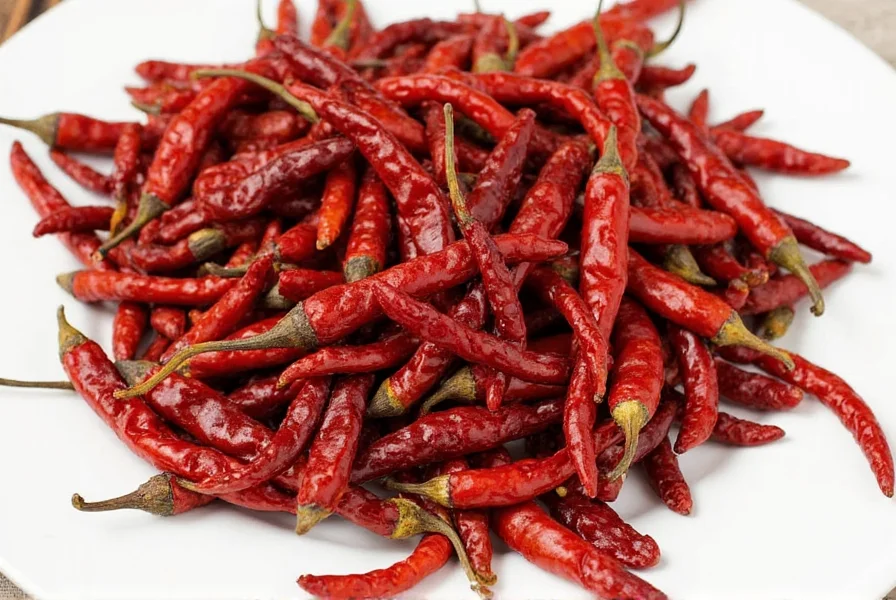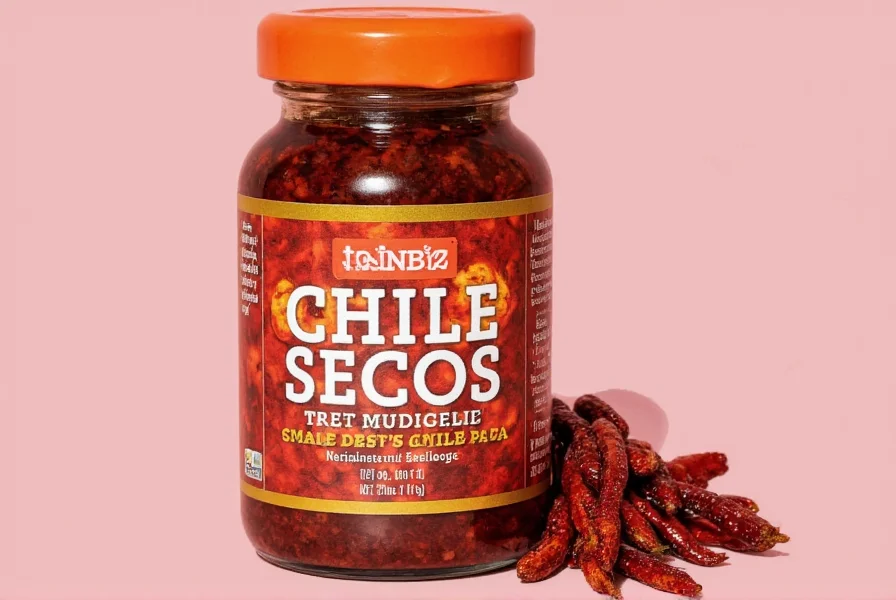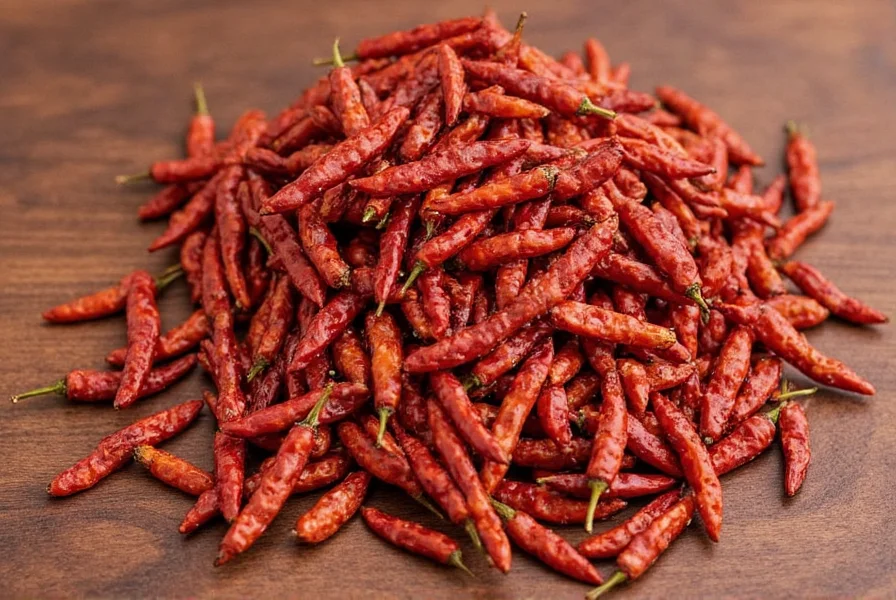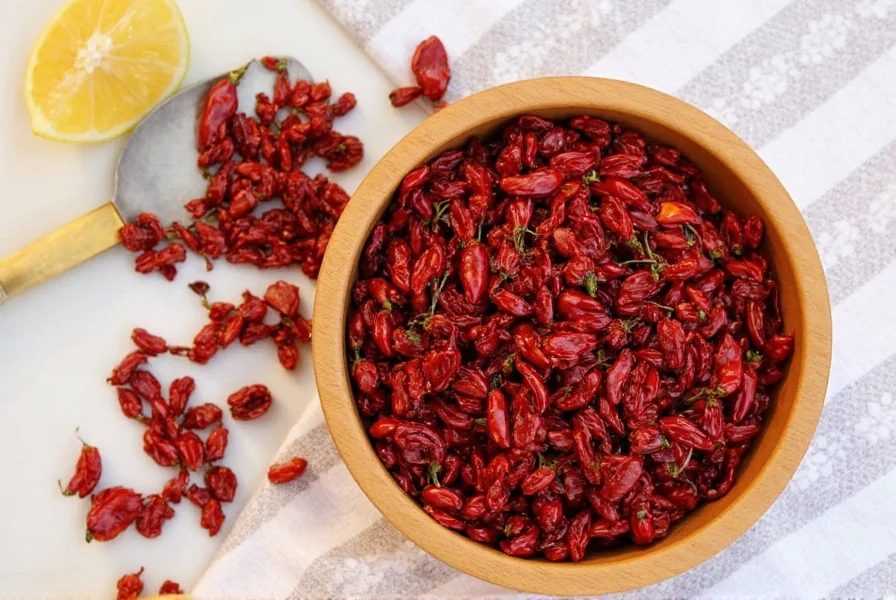Table of Contents
What Are Chile Secos?
Chile secos, also known as dried chilies, are fresh chili peppers that have been dehydrated to concentrate their flavor and extend shelf life. They are a cornerstone of Mexican and Latin American cuisine, adding smoky depth, complex heat, and rich umami to dishes like salsas, moles, and stews. Unlike fresh chilies, chile secos offer intensified flavor with minimal effort—just a few pieces can transform an entire meal.

Types of Chile Secos
| Type of Chile Seco | Flavor Profile | Heat Level (Scoville Units) |
|---|---|---|
| Ancho | Earthy, sweet, slightly smoky | 1,000–1,500 SHU |
| Poblano | Earthy, nutty, mild | 1,000–1,500 SHU |
| Guajillo | Spicy, tangy, fruity | 2,500–5,000 SHU |
| Chipotle | Smoky, spicy, slightly sweet | 2,500–8,000 SHU |
| Costeño | Smoky, sweet, slightly acidic | 5,000–10,000 SHU |
How to Use Chile Secos in Cooking
Chile secos are incredibly versatile. Here’s how to maximize their flavor:
- Rehydrating: Soak dried chiles in warm water for 20–30 minutes until soft. This unlocks their full flavor for sauces, stews, or pastes.
- Roasting: Dry-toast chiles in a skillet for 1–2 minutes per side to enhance smokiness before blending.
- Grinding: Blend rehydrated chiles into smooth pastes for mole, adobo, or marinades. For powders, dry-toast first, then grind.
Popular dishes featuring chile secos:
- Mole sauce: Combine ancho, guajillo, and chipotle for deep, complex flavor.
- Enchilada sauce: Use guajillo or ancho for a tangy, smoky base.
- Chili con carne: Add chipotle for smoky heat or costeño for fruity depth.
- Adobo marinade: Blend chipotle in adobo with vinegar and spices for tender meats.

Buying Guide for Chile Secos
Choose high-quality chile secos for optimal flavor:
Key Buying Tips
- Freshness: Look for plump, flexible chiles with vibrant color—avoid brittle, cracked, or moldy ones.
- Origin: Mexican-grown chiles (e.g., Puebla for ancho, Guerrero for guajillo) often have superior flavor.
- Form: Whole pods retain flavor longer; powders are convenient but lose potency faster.
- Scent: Fresh chiles should smell rich and earthy—no musty or stale odors.
Top Product Recommendations
- Organic Ancho Chile Pods
- Best for: Traditional Mexican salsas, mole, and braises.
- Why choose: USDA-certified organic, no additives, rich sweet-smoky profile.
- Storage tip: Keep in airtight container away from light; lasts 12 months.
- Guajillo Chile Powder
- Best for: Quick marinades, soups, or rubs.
- Why choose: Fine grind for instant flavor, no clumping, bright tangy notes.
- Storage tip: Use within 6 months for peak freshness; refrigerate after opening.
- Chipotle Chile in Adobo
- Best for: Smoky sauces, dips, or grilled meats.
- Why choose: Canned in tangy adobo sauce for ready-to-use convenience.
- Storage tip: Refrigerate after opening; use within 2 weeks.
Tips for Storing Chile Secos
Preserve flavor and potency with proper storage:
- Airtight container: Use glass jars or mylar bags to block moisture and air.
- Cool and dark: Store in a pantry away from heat and sunlight—never near the stove.
- Freeze for longevity: Freeze whole pods for up to 2 years; thaw before use.
- Label clearly: Note type and purchase date to track freshness.

Frequently Asked Questions About Chile Secos
What's the difference between chile secos and fresh chiles?
Chile secos are dried versions of fresh chilies. Drying concentrates flavors, intensifies smokiness, and extends shelf life from weeks to months. Fresh chilies offer brighter, grassier notes but lack the depth of dried varieties.
How hot are chile secos compared to fresh chiles?
Heat levels remain similar (measured in Scoville Units), but drying concentrates capsaicin, making the heat feel more intense. For example, fresh jalapeños (2,500–8,000 SHU) become chipotles with the same SHU range but stronger perceived heat due to flavor concentration.
Can I substitute one type of chile seco for another in recipes?
Yes, but substitutions affect flavor. Ancho works for mulato (both mild and sweet); guajillo replaces California chiles (tangy); chipotle substitutes for smoked paprika (smoky heat). Avoid swapping mild chiles for hot ones unless adjusting quantities. Always check the recipe’s intended heat profile.
Do I need to remove the seeds from chile secos before using them?
Yes—seeds and veins contain 80% of the capsaicin (heat compound). Remove them for milder dishes; leave some for extra spice. For most recipes, discard seeds to control heat precisely.
How long do properly stored chile secos last?
Whole pods: 6–12 months in a cool, dark place; up to 2 years frozen. Powder: 3–6 months before flavor degrades. Always check for musty smells or discoloration—these indicate spoilage.
Can I grind my own chile seco powder at home?
Absolutely! Rehydrate chiles, pat dry, then dry-toast in a skillet for 1 minute. Remove stems/seeds, cool completely, and grind in a spice grinder. Store powder in an airtight container away from light for best results.











 浙公网安备
33010002000092号
浙公网安备
33010002000092号 浙B2-20120091-4
浙B2-20120091-4